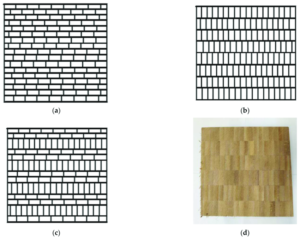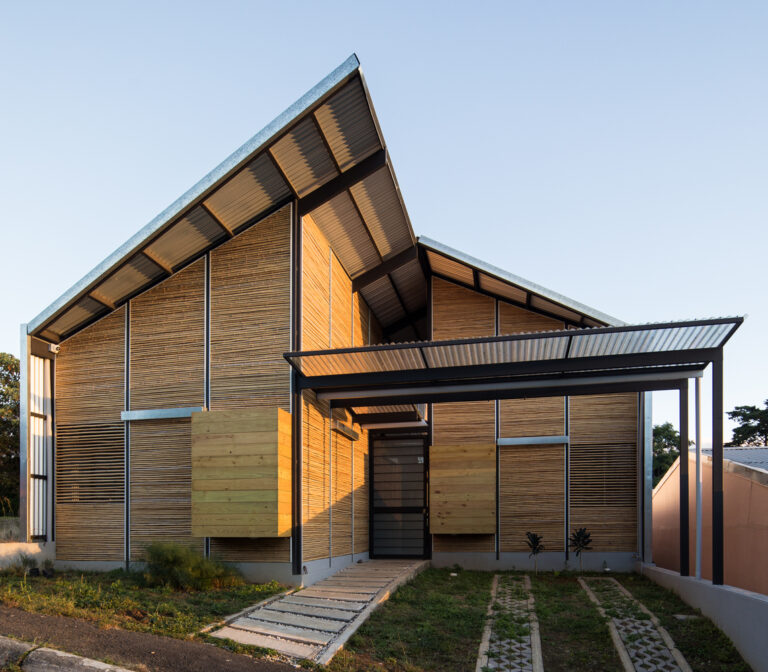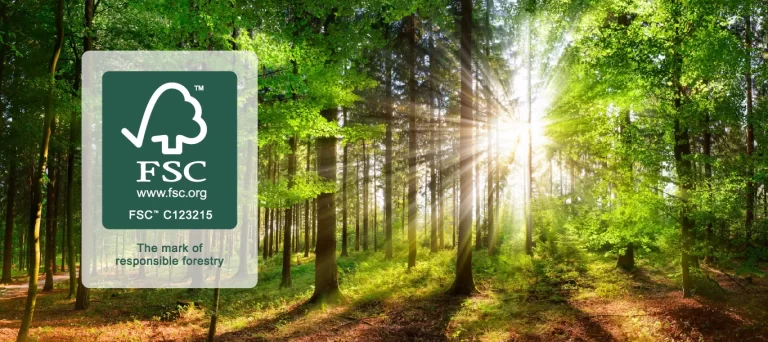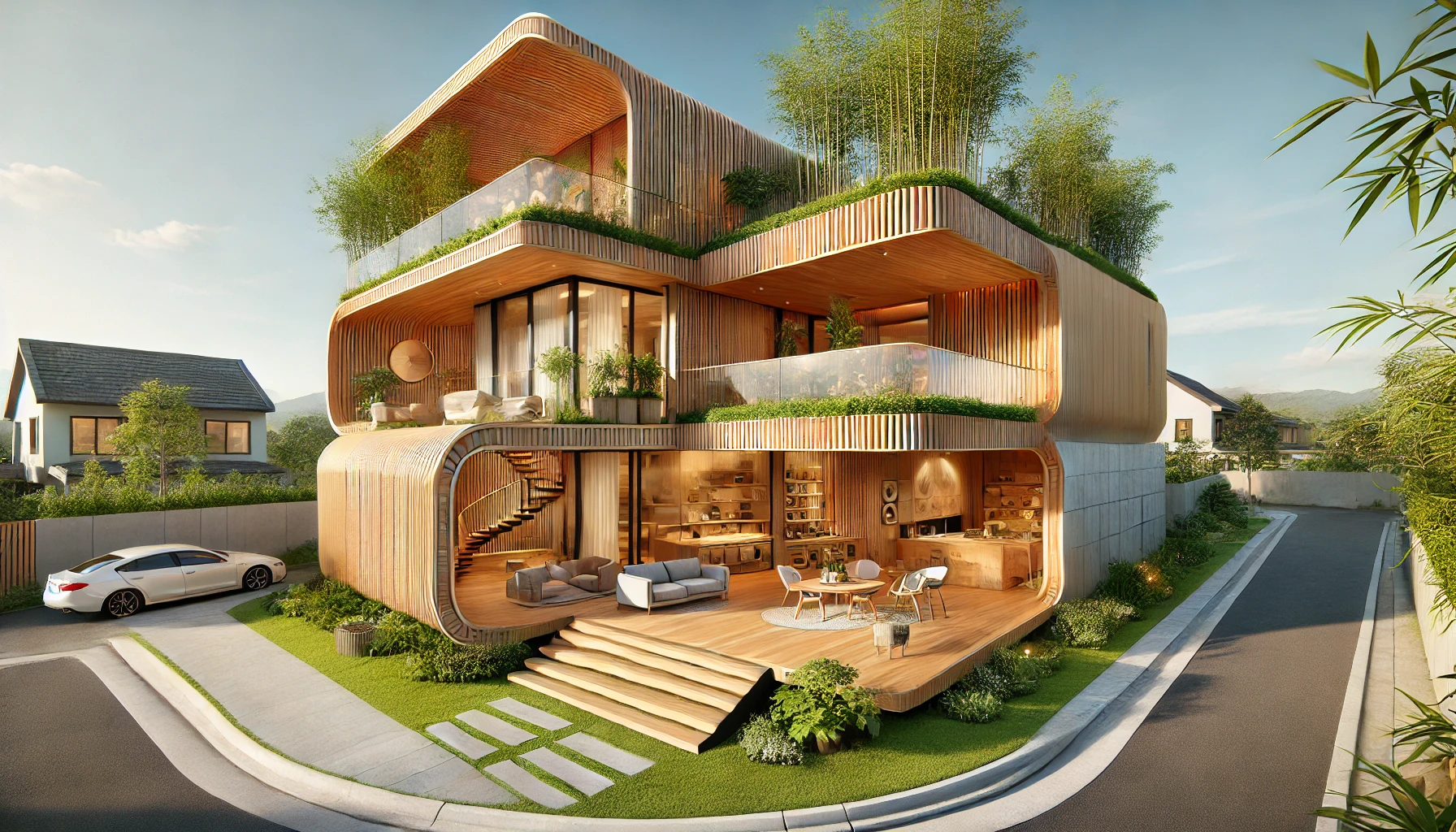Incorporating natural elements into modern architecture is a trend that is gaining momentum as more people become aware of the environmental impact of their building choices. The desire to create spaces that are not only aesthetically pleasing but also environmentally sustainable has led to an increased demand for eco-friendly building materials. Among these materials, laminated bamboo lumber stands out for its unique combination of beauty, strength, and sustainability.
In this blog post, we will explore the various aspects of laminated bamboo lumber and its application in modern architecture. We’ll discuss the rise of sustainable building materials, delve into the specifics of laminated bamboo lumber, and highlight its environmental benefits. Additionally, we’ll showcase real-world applications and design advantages, provide practical considerations for builders and architects, and look at future trends and innovations in this field. Join us as we uncover how this remarkable material can transform your architectural projects.
The Rise of Sustainable Building Materials

The construction industry is experiencing a significant shift towards sustainable building materials as both consumers and professionals recognize the need to reduce their environmental footprint. Sustainable materials not only help in conserving natural resources but also offer long-term benefits such as improved energy efficiency and reduced waste. Traditional construction materials, such as concrete and steel, have a high environmental cost due to their extraction and manufacturing processes. In contrast, sustainable alternatives, including bamboo, reclaimed wood, and recycled metals, provide a more eco-friendly option.
Laminated bamboo lumber is emerging as a top contender in the sustainable materials market. Bamboo, known for its rapid growth and renewability, offers a compelling alternative to traditional hardwoods. Unlike trees that can take decades to mature, bamboo can be harvested in just a few years, making it a highly renewable resource. This swift regeneration process, combined with its minimal environmental impact, positions laminated bamboo lumber as a superior choice for eco-conscious builders and architects.
Understanding Laminated Bamboo Lumber

Laminated bamboo lumber, often referred to as engineered bamboo, is created by bonding together multiple layers of bamboo strips using adhesives under high pressure. This process enhances the natural strength of bamboo, resulting in a material that is incredibly durable and stable. The manufacturing process also allows for the production of large, uniform boards that can be used in a variety of architectural applications.
One of the primary benefits of laminated bamboo lumber is its exceptional strength-to-weight ratio. Bamboo is naturally strong, and when laminated, it can outperform many traditional hardwoods in terms of tensile strength and flexibility. Additionally, bamboo’s natural resistance to pests and moisture makes it an ideal choice for both indoor and outdoor applications. From structural beams and flooring to wall panels and furniture, laminated bamboo lumber offers versatility and reliability.
Environmental Benefits of Laminated Bamboo Lumber

Bamboo’s rapid growth cycle is one of its most significant environmental advantages. It can grow up to 35 inches per day, reaching maturity within three to five years. This rapid growth means that bamboo can be harvested much more frequently than traditional timber, reducing the strain on forests and helping to combat deforestation.
Moreover, bamboo has impressive carbon sequestration properties. It absorbs large amounts of carbon dioxide from the atmosphere, helping to mitigate climate change. The cultivation and harvesting of bamboo also require fewer pesticides and fertilizers compared to traditional crops, further minimizing its environmental impact. By choosing laminated bamboo lumber, builders and architects can contribute to a more sustainable future while still achieving high-quality results in their projects.
Applications of Laminated Bamboo Lumber in Modern Architecture

Laminated bamboo lumber is being used in a variety of architectural projects around the world, showcasing its versatility and aesthetic appeal. In residential construction, it is often used for flooring, wall panels, and cabinetry, adding a touch of natural elegance to homes. Its strength and durability also make it suitable for structural elements such as beams and supports.
Commercial buildings and public spaces are also benefiting from the use of laminated bamboo lumber. Architects are incorporating it into office buildings, schools, and recreational facilities, creating spaces that are not only functional but also environmentally friendly. The material’s natural beauty and unique grain patterns provide a distinctive look that enhances the overall design of any structure. Case studies and visual examples can further illustrate how laminated bamboo lumber can be effectively utilized in various architectural contexts.
Design Aesthetics and Advantages

One of the most appealing aspects of laminated bamboo lumber is its natural beauty. The material exhibits a warm, rich texture with variations in color that add depth and character to any design. Its unique grain patterns and smooth finish make it an attractive choice for visible surfaces such as flooring, countertops, and furniture.
Laminated bamboo lumber’s versatility allows it to complement a wide range of architectural styles, from minimalist and contemporary to rustic and traditional. It can be finished with various treatments to enhance its appearance and protect its surface, offering designers and builders a wide array of customization options. This flexibility in design makes laminated bamboo lumber a valuable addition to any architectural project.
Practical Considerations for Builders and Architects

When selecting laminated bamboo lumber for a project, it is essential to consider quality and certification. High-quality bamboo lumber should come from reputable suppliers who adhere to sustainable harvesting practices and comply with industry standards. Builders and architects should look for certifications such as the Forest Stewardship Council (FSC) to ensure the material’s sustainability and ethical sourcing.
Installation and maintenance of laminated bamboo lumber are relatively straightforward. The material can be cut, drilled, and fastened using standard woodworking tools, making it easy to work with. Regular maintenance, such as cleaning and occasional refinishing, will help preserve its appearance and longevity. Despite its many advantages, laminated bamboo lumber is also cost-effective, offering a long-term investment that enhances both the aesthetic and functional value of a building.
Future Trends and Innovations
The use of bamboo and other sustainable materials in architecture is expected to grow as the industry continues to prioritize environmental sustainability. Technological advancements in the production and treatment of laminated bamboo lumber are making it even more competitive with traditional materials. Innovations such as improved adhesives, finishes, and treatments are enhancing its performance and expanding its range of applications.
Looking ahead, the construction industry is likely to see an increase in the use of bamboo composites and hybrid materials that combine bamboo with other sustainable resources. These developments will further solidify bamboo’s role in creating eco-friendly and resilient architectural designs. As awareness and demand for sustainable building materials continue to rise, laminated bamboo lumber will play a crucial part in shaping the future of green architecture.
Conclusion
Laminated bamboo lumber offers a unique combination of sustainability, strength, and aesthetic appeal, making it an ideal choice for modern architecture. By incorporating this remarkable material into their projects, builders and architects can create spaces that are not only beautiful but also environmentally responsible. As we have explored in this blog post, the benefits of laminated bamboo lumber extend beyond its visual appeal, offering significant environmental and practical advantages.
To learn more about how laminated bamboo lumber can transform your architectural projects, contact Coastal Custom Products today. Visit our website and follow us on social media for the latest updates on our eco-friendly building materials. Share this blog post with others who are passionate about sustainable architecture and join us in promoting a greener future.



